Home>Kitchen & Cooking>Kitchen Gadgets & Utensils>What To Look For In Flatware
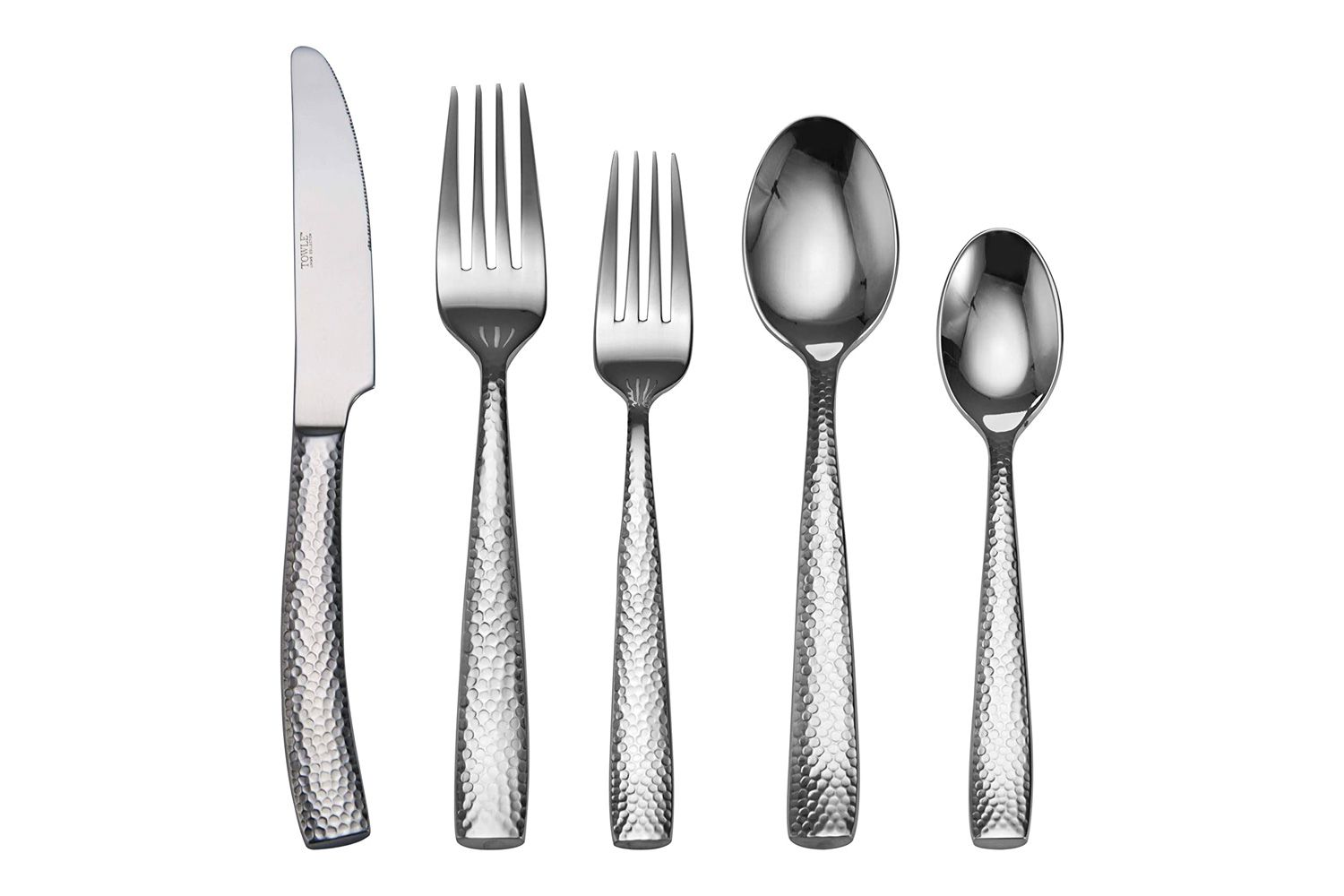

Kitchen Gadgets & Utensils
What To Look For In Flatware
Modified: October 20, 2024
Discover the essential features to consider when shopping for flatware. Find the best kitchen gadgets and utensils to elevate your dining experience. Explore our comprehensive guide now!
(Many of the links in this article redirect to a specific reviewed product. Your purchase of these products through affiliate links helps to generate commission for Storables.com, at no extra cost. Learn more)
Material
When it comes to selecting the perfect flatware for your kitchen, the material is a crucial factor to consider. The material not only influences the aesthetics of the flatware but also determines its durability and maintenance requirements. Here are some common materials used in flatware and their unique characteristics:
-
Stainless Steel: This is the most popular material for flatware due to its durability, resistance to corrosion, and ease of maintenance. 18/10 stainless steel is a top choice as it contains 18% chromium and 10% nickel, making it highly resistant to rust and staining. It's also dishwasher safe, making it a convenient option for everyday use.
-
Silver-Plated: Flatware made from silver-plated material exudes an elegant and luxurious appeal. The base metal is typically brass or stainless steel, which is coated with a layer of silver. While silver-plated flatware adds a touch of sophistication to the dining table, it requires delicate hand washing and occasional polishing to maintain its lustrous shine.
-
Gold-Plated: For those seeking opulence and extravagance, gold-plated flatware is a stunning choice. The base metal is coated with a layer of gold, creating a lavish and regal appearance. However, similar to silver-plated flatware, gold-plated pieces demand careful hand washing and gentle handling to preserve their luxurious finish.
-
Titanium: Flatware crafted from titanium is renowned for its exceptional strength and lightness. It is also highly resistant to corrosion and scratching, making it suitable for everyday use. Additionally, titanium flatware is hypoallergenic, making it an excellent option for individuals with sensitive skin or allergies.
-
Bamboo: For eco-conscious consumers, bamboo flatware presents a sustainable and environmentally friendly choice. Bamboo is a renewable resource that offers natural antibacterial properties, making it an ideal material for flatware. It is lightweight, durable, and biodegradable, aligning with eco-friendly lifestyles.
-
Plastic: While not as elegant as metal flatware, plastic utensils have their own advantages. They are lightweight, affordable, and come in a variety of colors and designs, making them perfect for outdoor gatherings, picnics, and casual dining occasions.
When considering the material of flatware, it's essential to weigh the aesthetic appeal, durability, maintenance requirements, and personal preferences. Each material brings its own unique charm and practicality to the dining table, allowing you to express your style and elevate the dining experience.
Key Takeaways:
- Choose flatware material based on durability, maintenance, and personal style. Stainless steel for everyday convenience, silver-plated for elegance, and bamboo for eco-friendliness offer diverse options to express your taste.
- Consider flatware weight for dining comfort and balance. Lightweight for casual use, heavyweight for formal occasions. Balance and durability are key for a satisfying dining experience.
Read more: What Is Flatware?
Design
The design of flatware encompasses a myriad of elements that contribute to both its visual appeal and functional performance. From classic and timeless designs to modern and innovative styles, the design of flatware plays a pivotal role in enhancing the dining experience. When evaluating the design of flatware, several key aspects should be taken into consideration:
-
Ergonomics: The ergonomic design of flatware is essential for ensuring comfortable handling and effortless use. Flatware with well-balanced and ergonomically shaped handles provides a comfortable grip, allowing diners to enjoy their meals without experiencing hand fatigue. The handle's shape and weight distribution are crucial factors that influence the overall ergonomics of the flatware.
-
Aesthetics: The visual appeal of flatware design greatly influences the overall ambiance of the dining table. Whether it's sleek and minimalist, ornate and embellished, or uniquely artistic, the aesthetic design of flatware contributes to the table setting's style and sophistication. The choice of design, such as traditional, contemporary, or themed patterns, allows individuals to express their personal taste and complement their dining decor.
-
Versatility: Versatile flatware designs are adaptable to various dining occasions and culinary presentations. Flatware that seamlessly transitions from formal gatherings to casual meals offers practicality and convenience. Additionally, versatile designs complement a wide range of tableware and decor, making them suitable for diverse dining settings.
-
Specialized Utensils: Beyond the standard fork, knife, and spoon, specialized utensils cater to specific culinary needs and dining experiences. From seafood forks and steak knives to dessert spoons and serving utensils, the inclusion of specialized flatware enhances the dining experience and accommodates a variety of cuisines and courses.
-
Innovative Features: Modern flatware designs often incorporate innovative features that elevate the dining experience. This may include multi-functional utensils, such as sporks or knife-edge serrations for enhanced cutting performance. Innovative designs also encompass space-saving attributes, such as stackable or nesting flatware sets, ideal for efficient storage and organization.
-
Customization: Personalization and customization options allow individuals to create bespoke flatware that reflects their unique style and preferences. Customized designs may include monogrammed initials, engraved patterns, or bespoke finishes, adding a personalized touch to the dining table.
The design of flatware is a harmonious blend of form and function, where aesthetic appeal meets practical utility. By carefully considering the ergonomic, aesthetic, and functional aspects of flatware design, individuals can curate a dining experience that is both visually captivating and seamlessly functional. Whether it's a formal dinner party or a casual family meal, the design of flatware contributes to the overall enjoyment of dining and adds a touch of elegance to every occasion.
Weight
The weight of flatware is a significant aspect that greatly influences the dining experience. When selecting flatware, the weight plays a crucial role in determining the overall feel, balance, and usability of the utensils. The weight of flatware is often a matter of personal preference, and different weights offer distinct advantages and characteristics.
Lightweight flatware, often preferred for its delicate and effortless handling, provides a comfortable dining experience, particularly for individuals who appreciate a subtle and nimble touch. Lightweight utensils are well-suited for casual dining occasions and everyday use, allowing diners to maneuver the flatware with ease and grace.
On the other hand, heavyweight flatware exudes a sense of solidity and sturdiness, imparting a substantial and luxurious feel to the dining experience. The weightiness of the utensils adds a tactile sensation that conveys durability and quality, making it an ideal choice for formal dining settings and special occasions. The heft of heavyweight flatware enhances the dining ritual, creating a sense of refinement and elegance.
Furthermore, the weight of flatware directly impacts its balance and stability. Well-balanced flatware, regardless of its weight, ensures comfortable handling and precise control during dining. The distribution of weight along the handle and the utensil's body contributes to the overall ergonomics, allowing diners to effortlessly navigate through their meals with confidence and ease.
In addition to the tactile experience, the weight of flatware also reflects its durability and resilience. Heavier flatware is often associated with robust construction and long-lasting performance, while lighter utensils offer a delicate and agile disposition. Understanding the weight of flatware enables individuals to select utensils that align with their dining preferences and complement their tableware and dining decor.
Ultimately, the weight of flatware is a defining characteristic that influences the tactile sensation, balance, and durability of the utensils. Whether it's the delicate lightness of everyday flatware or the substantial weight of formal dining sets, the choice of weight contributes to the overall dining experience, reflecting individual preferences and enhancing the enjoyment of every meal.
Durability
Durability is a paramount consideration when choosing flatware, as it directly impacts the longevity and performance of the utensils. The durability of flatware is determined by various factors, including the material, construction, and resistance to wear and tear. Opting for durable flatware ensures that the utensils withstand the rigors of daily use and maintain their quality over time.
The material of the flatware significantly influences its durability. Stainless steel, particularly 18/10 stainless steel, is renowned for its exceptional durability, as it is resistant to corrosion, rust, and staining. This robust material ensures that the flatware remains in pristine condition even after prolonged use and frequent cleaning. Additionally, stainless steel flatware is often dishwasher safe, further enhancing its convenience and durability.
Furthermore, the construction of the flatware plays a pivotal role in determining its durability. Well-crafted flatware with solid and seamless construction exhibits superior strength and resilience. Utensils with reinforced tines, sturdy handles, and well-joined components are less prone to bending, warping, or breakage, ensuring long-term durability and reliability.
The resistance to wear and tear is another crucial aspect of flatware durability. Flatware that maintains its luster and finish despite regular use and cleaning exhibits exceptional durability. High-quality finishes, such as mirror-polished or satin finishes, contribute to the flatware's ability to withstand scratches, abrasions, and fading, preserving its aesthetic appeal and durability over time.
Moreover, the durability of flatware extends beyond its physical attributes to encompass its ability to withstand various environmental factors. Factors such as heat resistance, tarnish resistance, and impact resistance contribute to the overall durability of the flatware, ensuring that it remains resilient in diverse dining environments and conditions.
Selecting durable flatware not only ensures long-term usability but also reflects a commitment to sustainability and resource conservation. Durable flatware reduces the need for frequent replacements, minimizing waste and contributing to a more environmentally conscious approach to kitchen utensils.
In essence, prioritizing durability when choosing flatware guarantees that the utensils maintain their functionality, aesthetics, and structural integrity over time. By considering the material, construction, resistance to wear and tear, and environmental resilience, individuals can invest in flatware that embodies enduring quality and reliability, enriching the dining experience for years to come.
Maintenance
Maintenance is a crucial aspect of flatware ownership, encompassing the care and upkeep required to preserve the utensils' appearance, functionality, and longevity. Proper maintenance practices not only ensure that flatware remains in optimal condition but also contribute to a hygienic and enjoyable dining experience. Here are essential maintenance considerations for flatware:
Read more: What Is Silver-Plated Flatware
Cleaning
Regular cleaning is fundamental to maintaining the cleanliness and luster of flatware. Hand washing with mild dish soap and warm water is recommended for most flatware, as it helps remove food residues and prevents tarnishing. Avoid using abrasive cleaners or scouring pads, as they can scratch the flatware's surface and diminish its finish. For added convenience, opt for dishwasher-safe flatware, ensuring that it is loaded and positioned appropriately to prevent damage during the cleaning cycle.
Drying
Thorough drying is essential to prevent water spots and maintain the flatware's shine. After washing, promptly dry the utensils with a soft, lint-free cloth to eliminate moisture and prevent water stains. Proper drying also prevents the accumulation of water in crevices and joints, reducing the risk of corrosion and discoloration over time.
Storage
Proper storage helps protect flatware from damage and minimizes exposure to environmental elements. Store flatware in a designated utensil tray or divider within a kitchen drawer to prevent scratching and tangling. For long-term storage, consider using tarnish-resistant flatware storage rolls or pouches, especially for silver-plated or gold-plated utensils, to shield them from air and moisture.
Maintenance of Specialized Finishes
Flatware with specialized finishes, such as gold-plating or intricate patterns, may require specific maintenance to preserve their unique attributes. Follow the manufacturer's guidelines for cleaning and maintenance to ensure that specialized finishes remain intact and vibrant. Avoid prolonged exposure to acidic foods, harsh chemicals, or direct sunlight, as these factors can compromise the integrity of specialized finishes.
Read more: What Is Silver-Plated Flatware Worth
Periodic Polishing
For silver-plated or gold-plated flatware, periodic polishing helps restore and maintain their luxurious sheen. Use a gentle metal polish and a soft cloth to carefully polish the utensils, following the grain of the metal to avoid creating unnecessary abrasions. Regular polishing not only enhances the visual appeal of the flatware but also safeguards its longevity.
Inspection and Care
Regularly inspect flatware for signs of wear, damage, or loose components. Address any issues promptly to prevent further deterioration and maintain the utensils' functionality. Tighten loose handles, repair minor scratches, and address any tarnishing or discoloration to uphold the flatware's overall quality.
By adhering to proper maintenance practices, individuals can safeguard the beauty and functionality of their flatware, ensuring that it continues to enrich the dining experience for years to come. Diligent care and attention to maintenance not only preserve the aesthetic appeal of flatware but also demonstrate a commitment to upholding the value and integrity of these essential dining utensils.
Price
The price of flatware is a significant consideration that encompasses various factors, including budget constraints, value for money, and long-term investment. When evaluating the price of flatware, it's essential to weigh the cost against the quality, durability, and overall dining experience it offers. The price range of flatware varies widely, catering to diverse preferences and requirements.
Budget-Friendly Options:
For individuals seeking cost-effective flatware options without compromising on quality, there are numerous budget-friendly choices available. Stainless steel flatware sets, characterized by their durability and resistance to corrosion, are often offered at accessible price points. These sets provide a balance of affordability and reliability, making them suitable for everyday use and casual dining occasions. Additionally, high-quality plastic flatware sets offer an economical alternative, ideal for outdoor gatherings, picnics, and events where convenience and disposability are prioritized.
Mid-Range Selections:
Mid-range flatware sets strike a balance between quality craftsmanship and affordability, appealing to those seeking a blend of elegance and practicality. Stainless steel flatware with enhanced features, such as ergonomic designs, specialized finishes, and versatile utensils, are available within the mid-range price bracket. These sets offer a combination of durability, aesthetic appeal, and functional versatility, making them suitable for both casual and formal dining settings. Furthermore, silver-plated and gold-plated flatware sets with refined designs and intricate details are accessible within the mid-range category, providing an affordable touch of luxury and sophistication to the dining table.
Luxury and Premium Choices:
At the higher end of the price spectrum, luxury and premium flatware sets showcase exceptional craftsmanship, exquisite designs, and superior materials. Silver flatware crafted from sterling silver or gold flatware adorned with precious metals exemplify the pinnacle of luxury and opulence. These sets often feature intricate patterns, handcrafted embellishments, and heirloom-worthy quality, catering to discerning individuals who appreciate fine dining and exquisite table settings. Additionally, artisanal and designer flatware collections, characterized by unique aesthetics and artisanal craftsmanship, offer exclusive and luxurious options for those seeking unparalleled elegance and distinction.
Ultimately, the price of flatware aligns with individual preferences, lifestyle, and the desired dining experience. Whether it's budget-friendly practicality, mid-range versatility, or luxury indulgence, the price of flatware reflects the diverse array of options available, allowing individuals to curate a dining experience that harmonizes with their personal style and culinary aspirations.
Brand Reputation
Brand reputation holds significant influence when selecting flatware, as it reflects the manufacturer's commitment to quality, craftsmanship, and customer satisfaction. A reputable brand not only signifies reliability and trustworthiness but also embodies a legacy of excellence and innovation within the culinary industry. When considering the brand reputation of flatware, several key aspects contribute to the overall perception and desirability of the utensils.
-
Heritage and Legacy: Established brands with a rich heritage and enduring legacy often evoke a sense of confidence and assurance. Brands that have stood the test of time and maintained a consistent standard of quality throughout their history convey a commitment to excellence and enduring craftsmanship. The heritage of a brand reflects its dedication to upholding traditions while embracing modern advancements, resonating with individuals who value time-honored craftsmanship and enduring quality.
-
Craftsmanship and Expertise: Reputable flatware brands are synonymous with superior craftsmanship and expertise in metallurgy and design. These brands prioritize precision engineering, meticulous attention to detail, and the use of high-quality materials, resulting in flatware that embodies exceptional artistry and functionality. The expertise of renowned brands is evident in the fine finishes, ergonomic designs, and innovative features that elevate the dining experience and reflect a deep understanding of culinary nuances.
-
Customer Satisfaction and Reviews: The reputation of a brand is often reflected in the experiences and feedback of its customers. Positive reviews, testimonials, and endorsements from satisfied users underscore the brand's commitment to customer satisfaction and product performance. Reputable brands prioritize customer feedback, addressing concerns, and continuously improving their offerings to meet the evolving needs and expectations of their clientele.
-
Sustainability and Ethical Practices: In today's conscientious consumer landscape, the reputation of a brand extends to its sustainability initiatives and ethical practices. Respected flatware brands demonstrate a commitment to sustainable sourcing, responsible manufacturing processes, and ethical labor practices, aligning with the values of environmentally conscious consumers. Brands that prioritize sustainability and ethical conduct contribute to a positive reputation that resonates with individuals seeking socially responsible and environmentally friendly products.
-
Innovation and Design Leadership: Renowned flatware brands often lead the way in design innovation, setting trends and redefining the aesthetics and functionality of kitchen utensils. These brands invest in research and development, collaborate with renowned designers, and introduce groundbreaking technologies that enhance the performance and visual appeal of their flatware. The reputation of a brand as a design leader signifies a dedication to pushing boundaries and creating flatware that transcends conventional norms, inspiring culinary creativity and expression.
In essence, brand reputation serves as a compelling indicator of the quality, integrity, and values embodied by flatware manufacturers. By considering the heritage, craftsmanship, customer satisfaction, sustainability practices, and design leadership of a brand, individuals can make informed decisions and invest in flatware that reflects enduring excellence and elevates the dining experience.
Frequently Asked Questions about What To Look For In Flatware
Was this page helpful?
At Storables.com, we guarantee accurate and reliable information. Our content, validated by Expert Board Contributors, is crafted following stringent Editorial Policies. We're committed to providing you with well-researched, expert-backed insights for all your informational needs.
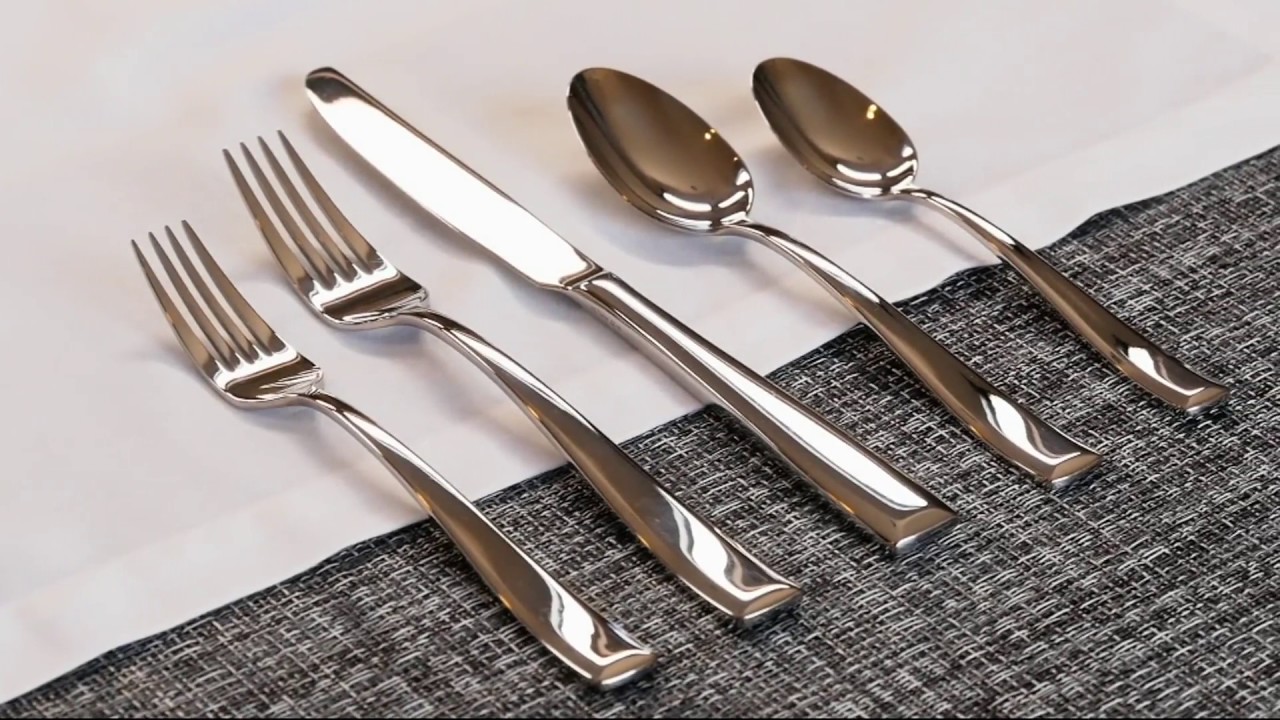
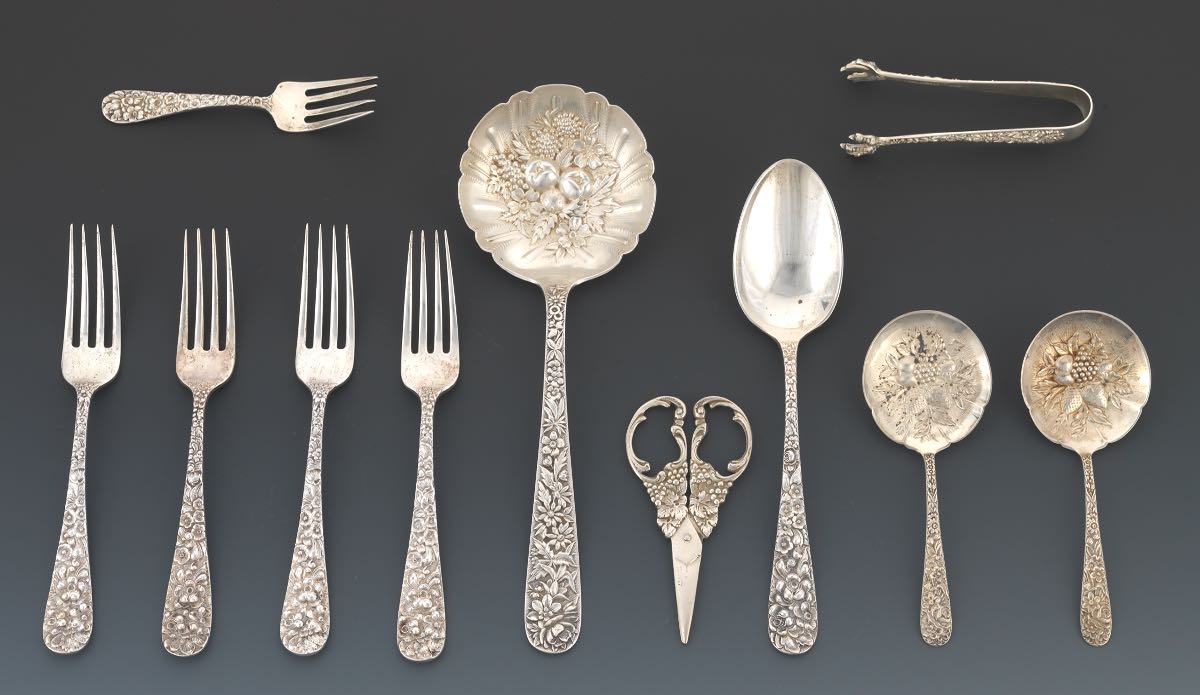

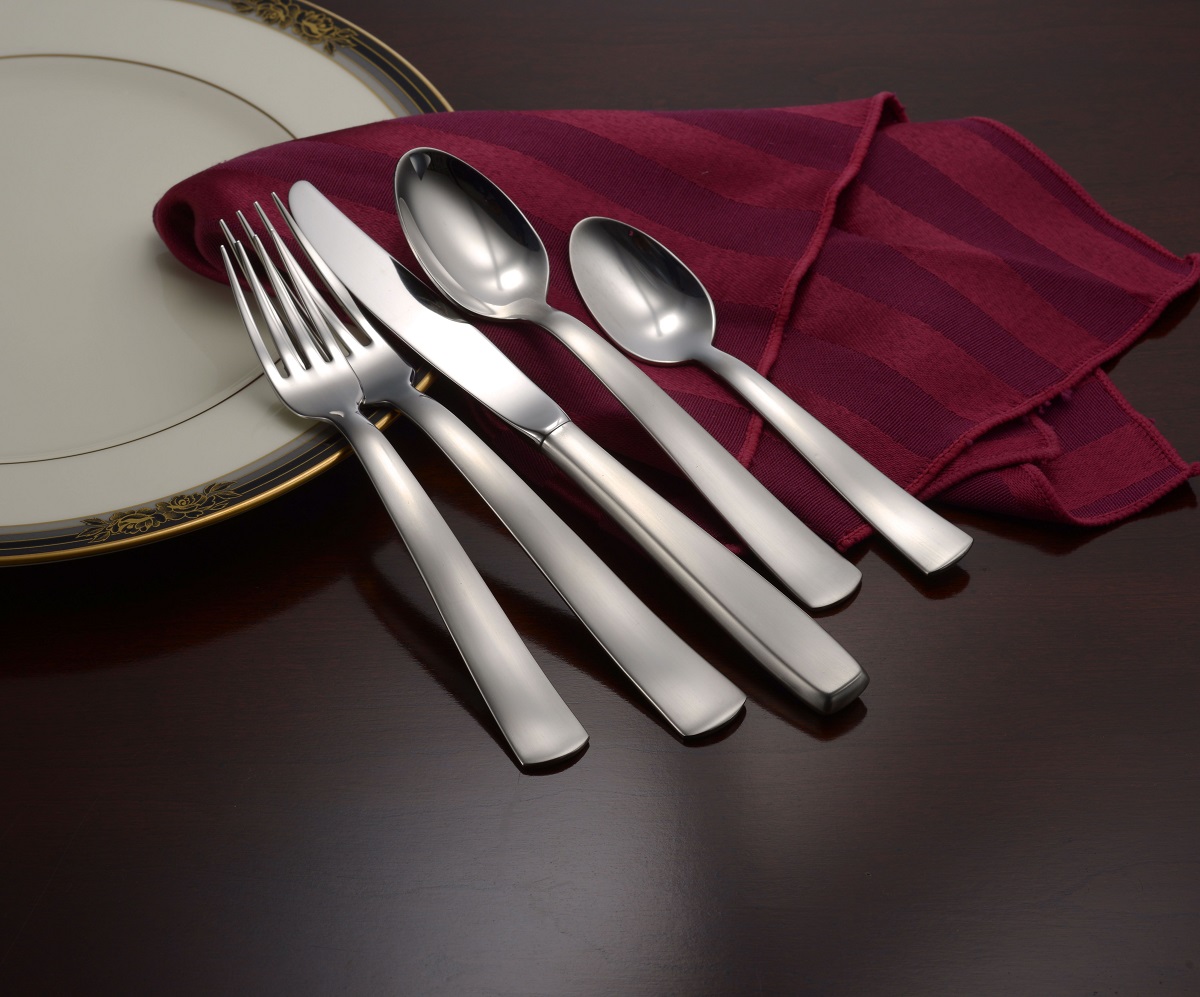
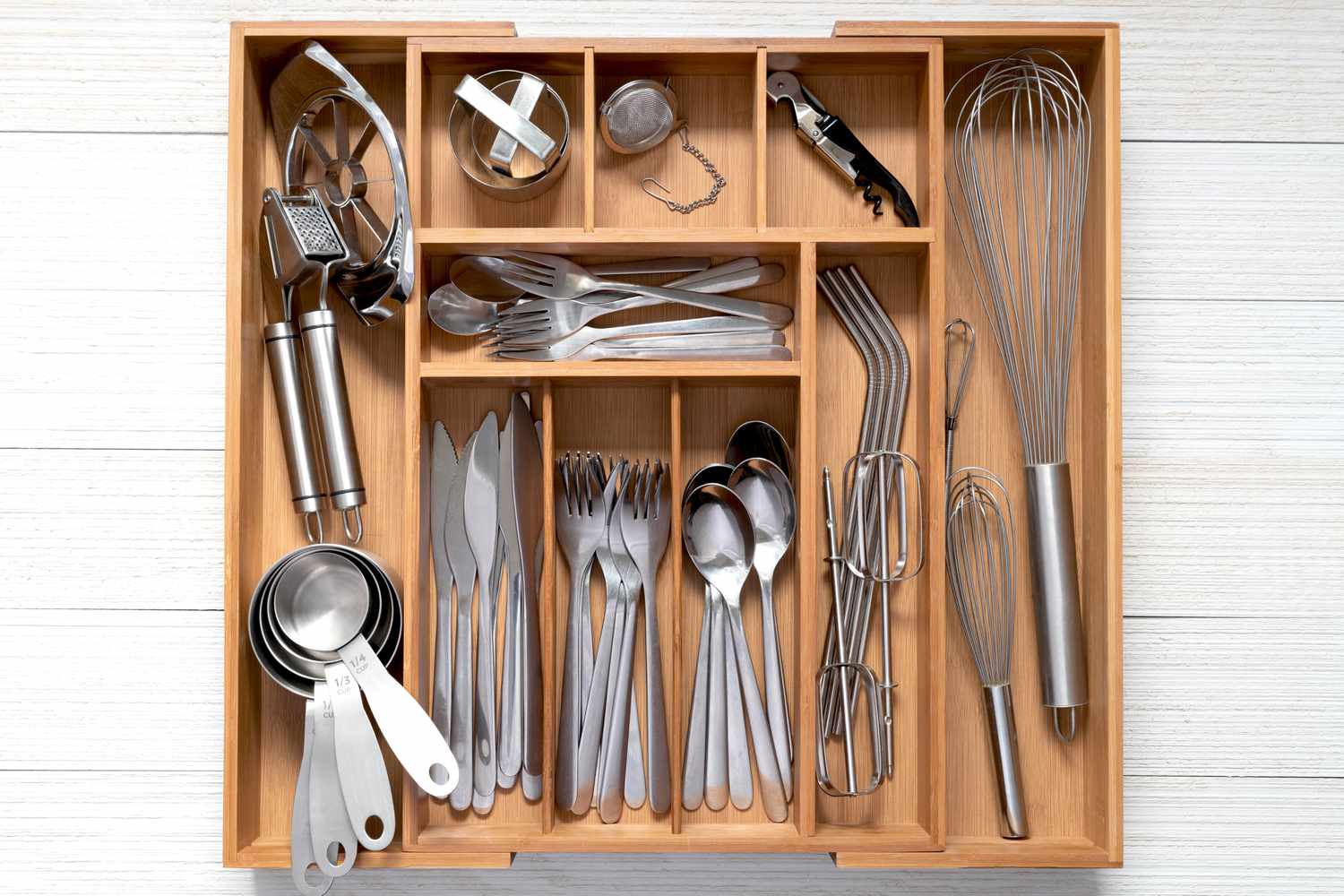
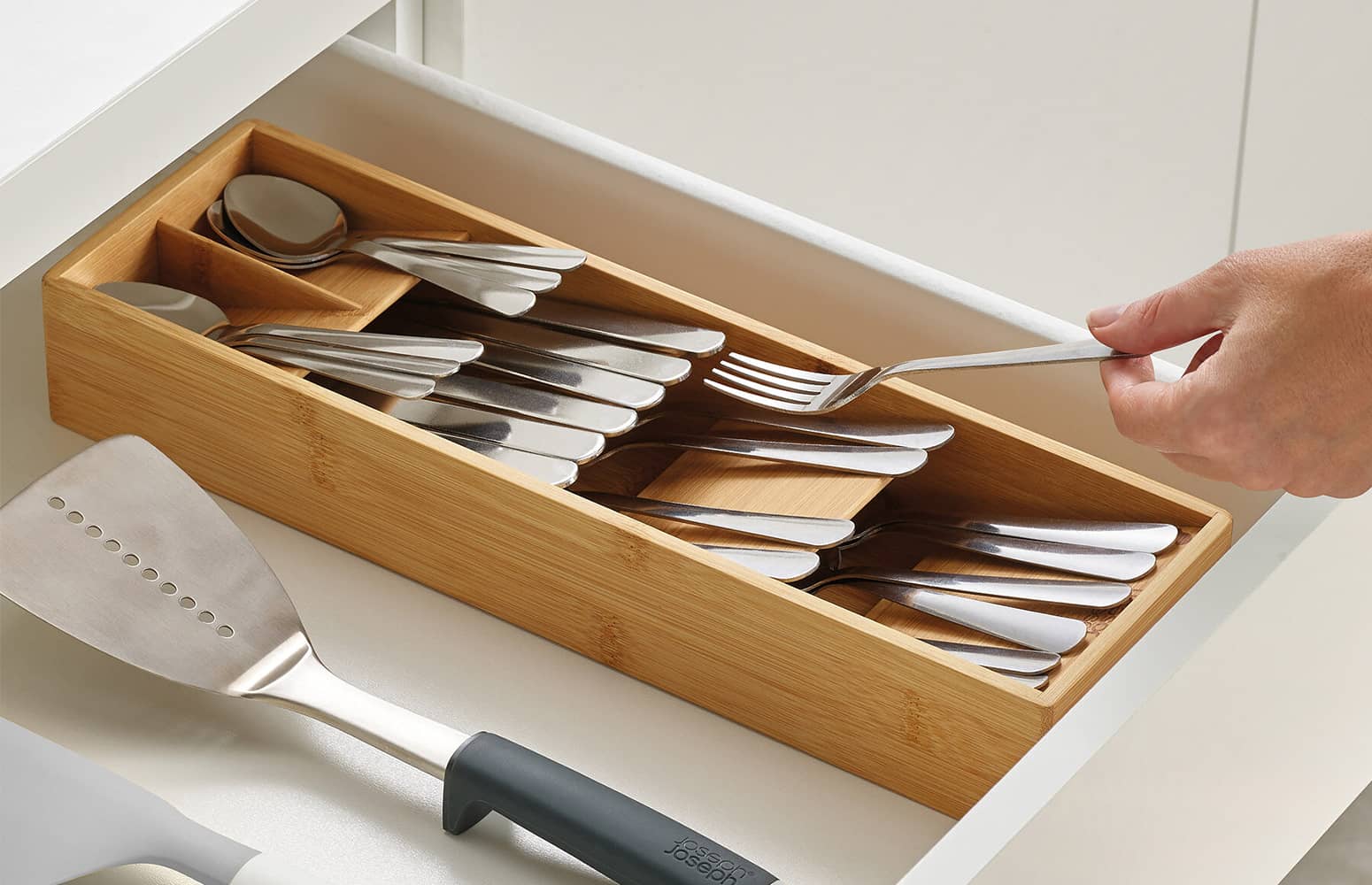
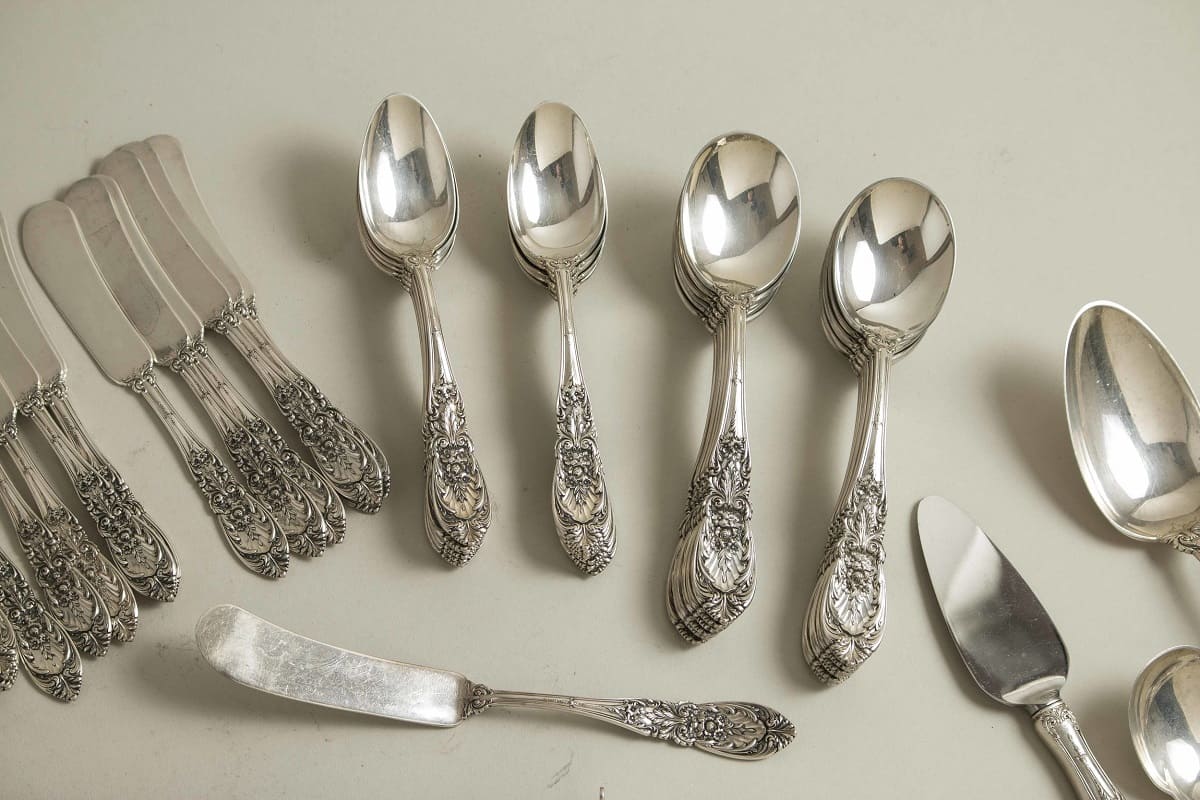
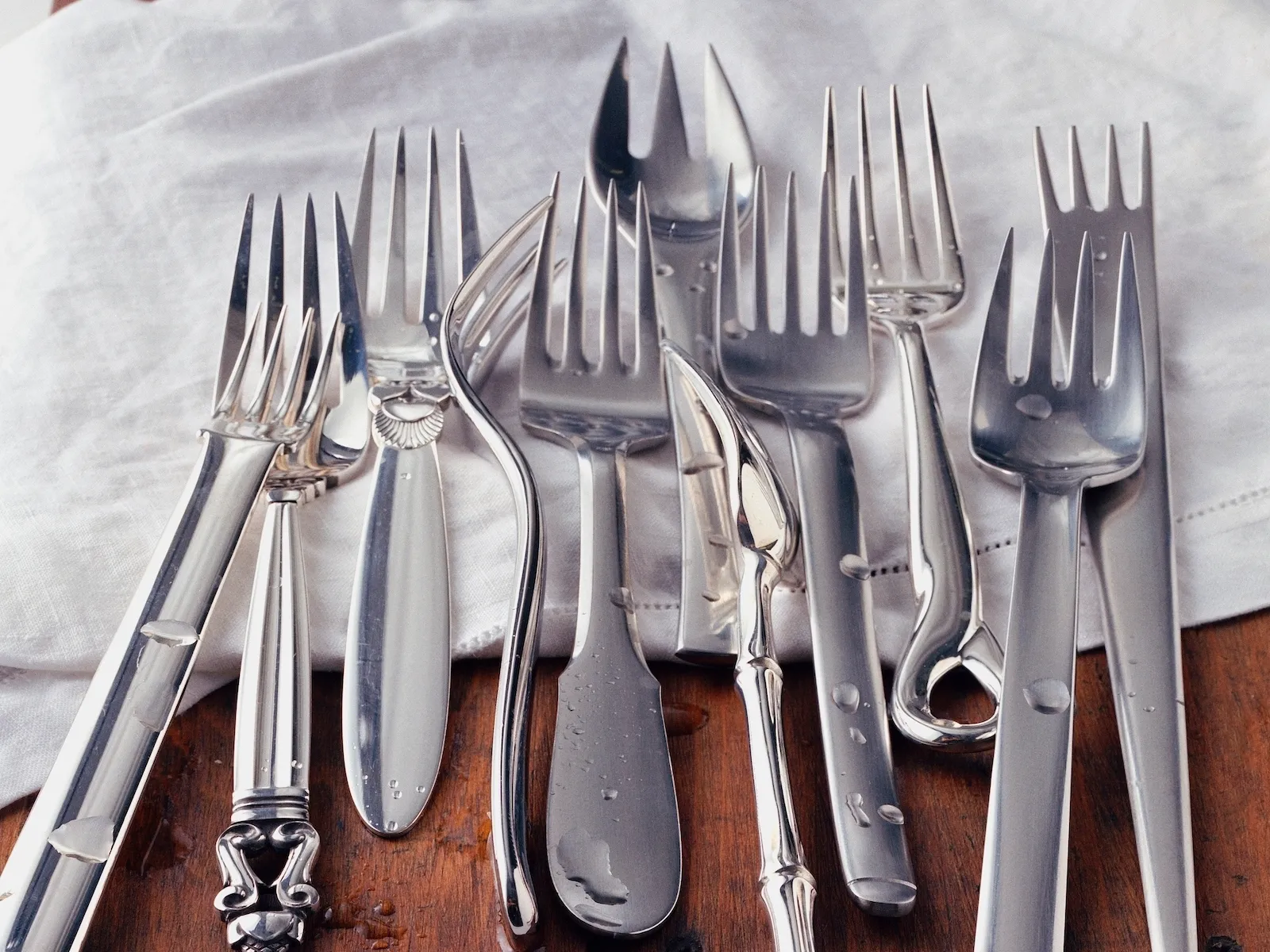
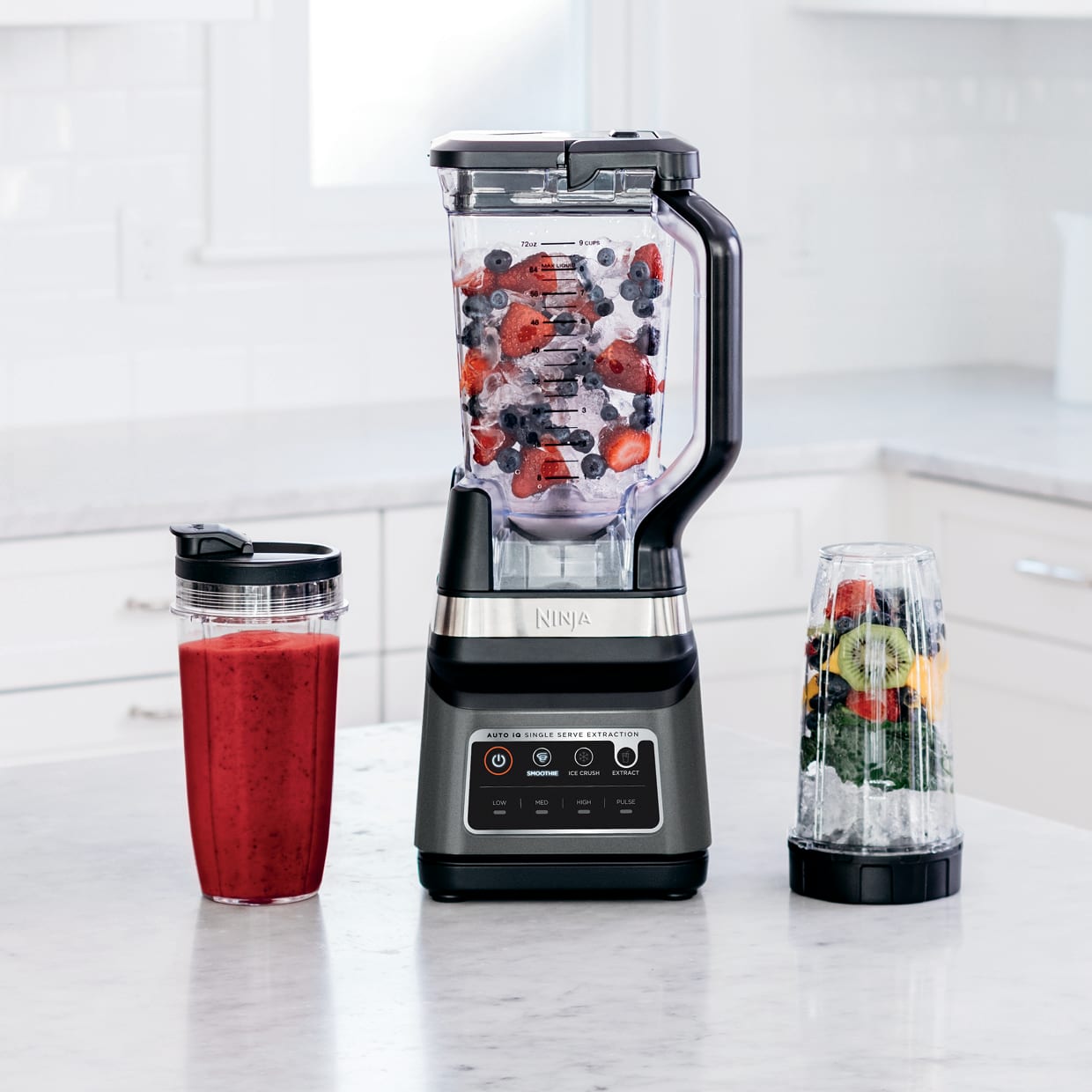

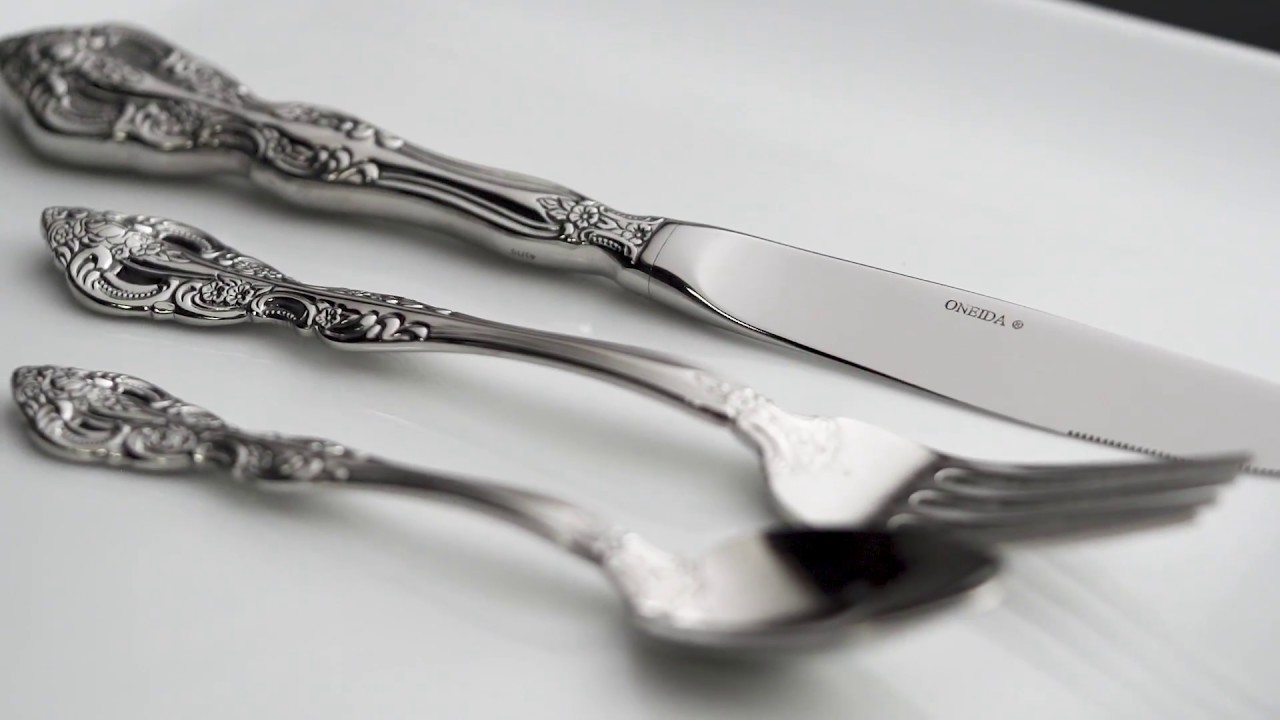
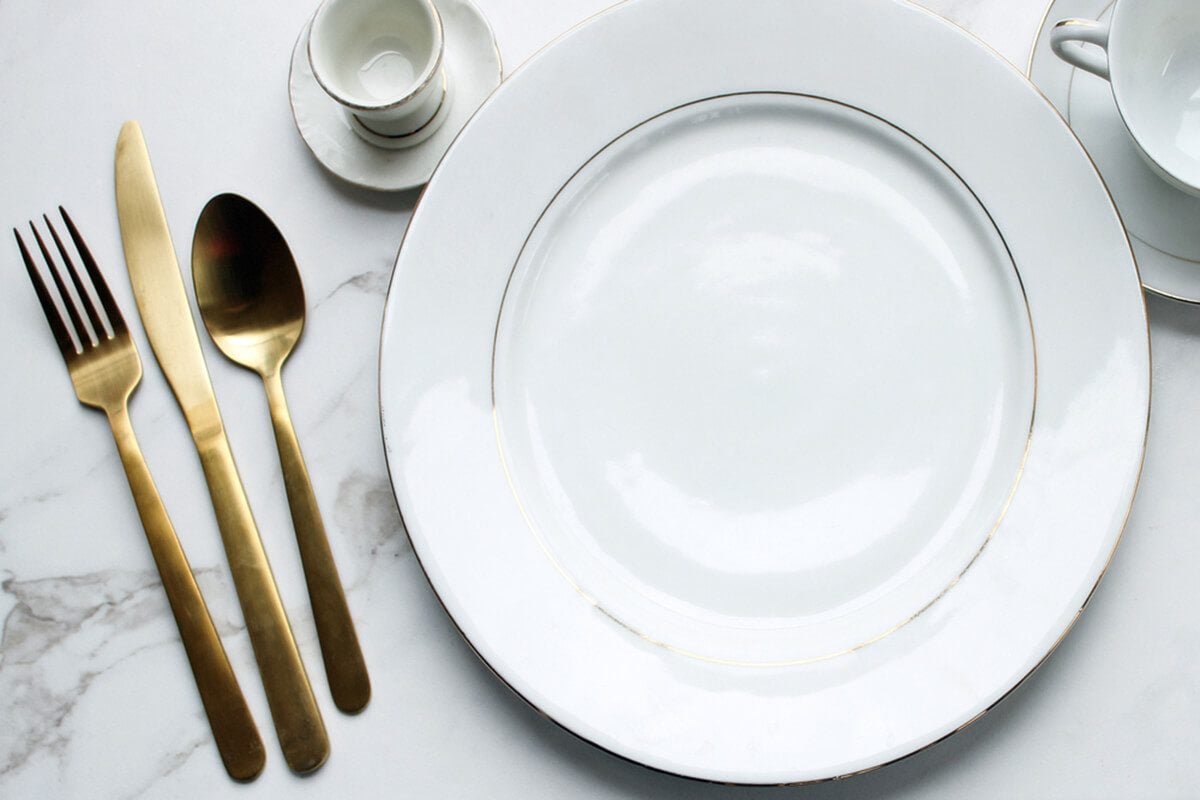
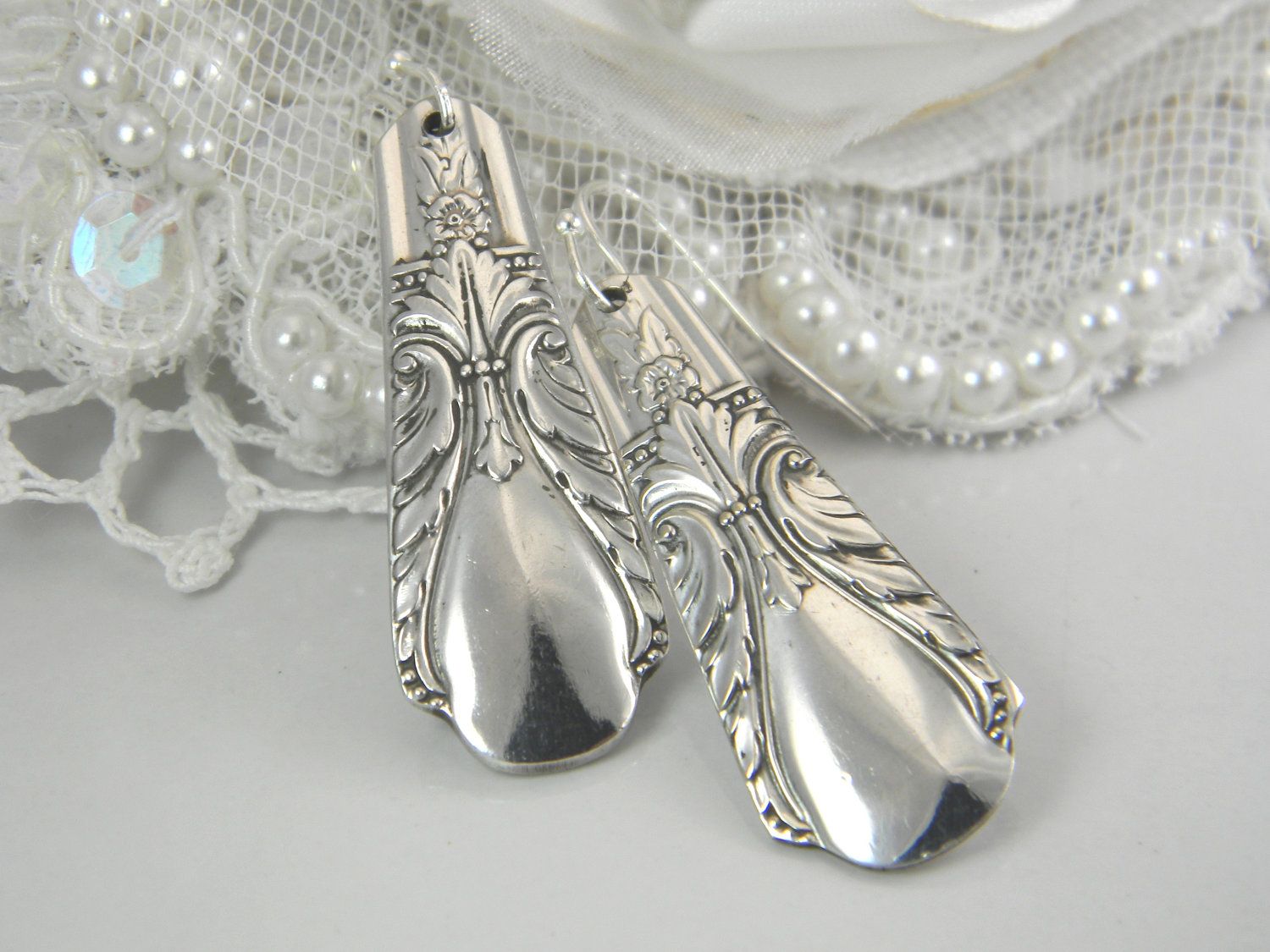

0 thoughts on “What To Look For In Flatware”